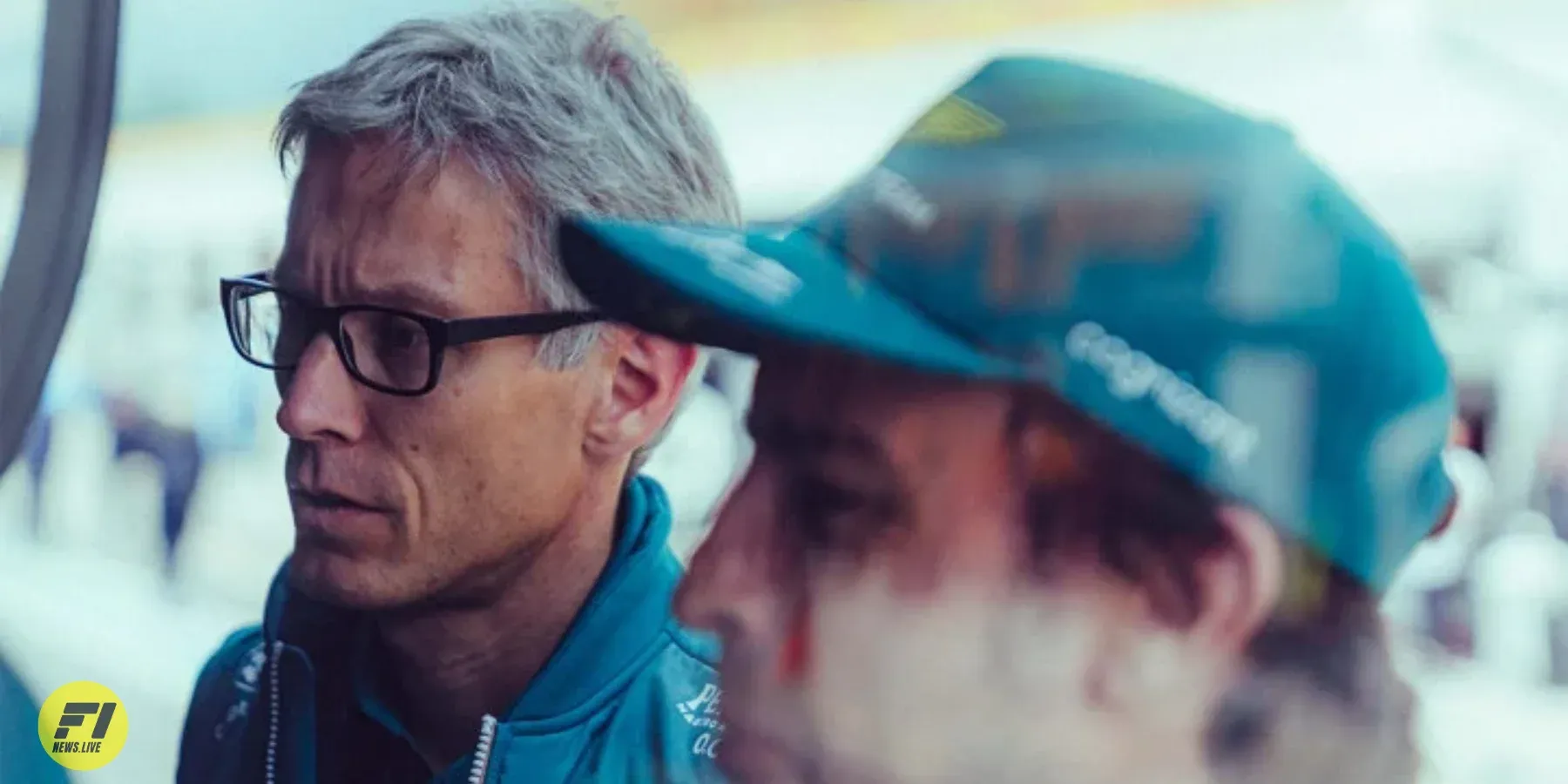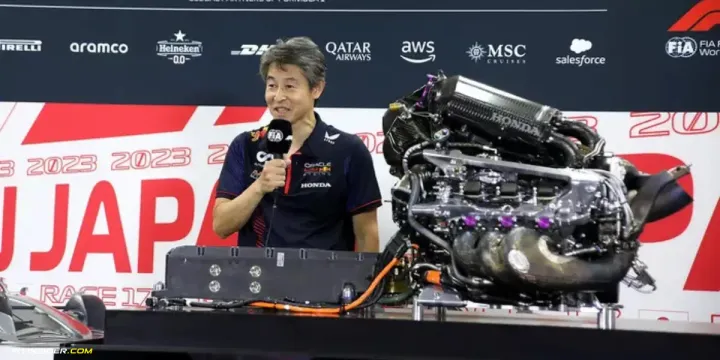Behind Aston Martin's F1 Dip: Is It car upgrades or the FIA's flexi-wing clampdown?
Aston Martin's unexpected performance decline in 2023 has raised eyebrows. Mike Krack points to upgrade 'side-effects', but paddock rumours hint at FIA's crackdown on 'flexi-wings' playing a role.

Aston Martin displayed great potential in 2023 with their AMR23 car. The former world champion, Fernando Alonso, took six podiums in eight races.
Yet, post his Canadian Grand Prix silver, the team's form plummeted. What led to this?
'Side effects' of the upgrades
Contrary to Alonso's speculation about the new tire construction affecting their pace, Team Principal Mike Krack pinpoints recent car upgrades as the primary culprits.
While the updates functioned as intended, they inadvertently affected the AMR23's dynamics, giving rivals a developmental advantage.
"We made a change earlier in the season and didn’t anticipate it having some of the side effects that it did," Krack mentioned.
"The upgrades we have put on the car have worked, and the numbers are where they should be – but I think the results over the last few races are representative of where we are."
Indeed, F1 car upgrades often have ripple effects; tweaks rarely operate in isolation.

And while their upgrades yielded the expected numbers, the on-track results painted a different picture.
Krack highlights Monaco and Canada as races that disguised the car's inherent weaknesses.
"Events like Monaco and Canada were outliers – they masked the weaknesses – and because we did well in those events, expectations ramped up only for the disappointment to be bigger at Barcelona, Austria, Silverstone and Budapest when we couldn’t achieve such top results."
He aptly describes the Hungarian Grand Prix as a "reality check," pushing the team to widen their analytical lens and compare their performance across different circuits.
"From the start of the season, I’ve been saying that these events are very dynamic, and with an upgrade it takes a couple of races to understand what the AMR23 is doing," emphasized Krack.
“We’ve improved less than the others so now it’s up to us to improve more than them.”
This underscores the importance of continual adaptation in the high-octane world of F1.

The flexi-wing controversy
Recent murmurs from the paddock suggest Aston Martin's performance dip might be linked to the FIA's increased scrutiny over potential "flexi-wing" designs.
During this season, the FIA has been conducting intensive reviews of front wings to prevent teams from exploiting flexible components.
While achieving a 100% rigid wing is nearly impossible, the objective is to create a wing that stands firm during static tests yet can flex at racing speeds.

This design nuance, if mastered, offers a significant performance edge. Alonso's onboard footage from earlier races showed evident wing flexing at top speeds, raising eyebrows.
As the season progressed around the time of the Azerbaijan Grand Prix, the FIA subtly directed several teams to modify their designs.
By the Spanish Grand Prix, noticeable shifts in Aston Martin's performance became apparent, especially in medium and low-speed segments.
Insiders suggest that Aston Martin was among the teams that had to recalibrate their wing designs.

Long-term goals
Despite their struggles, Krack remains undeterred, maintaining a broader perspective.
He reminds us of Aston Martin's ongoing evolution and how they're still in a growth phase, pointing to their new Technology Campus as evidence.
"We’ve improved less than the others, so now it’s up to us to improve more than them."





Comments ()